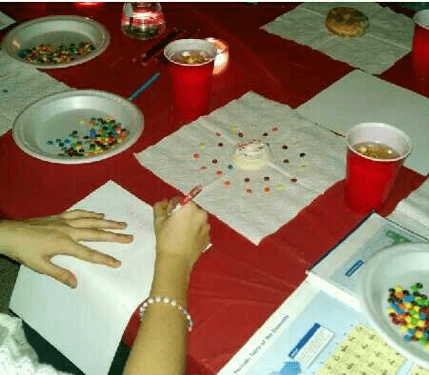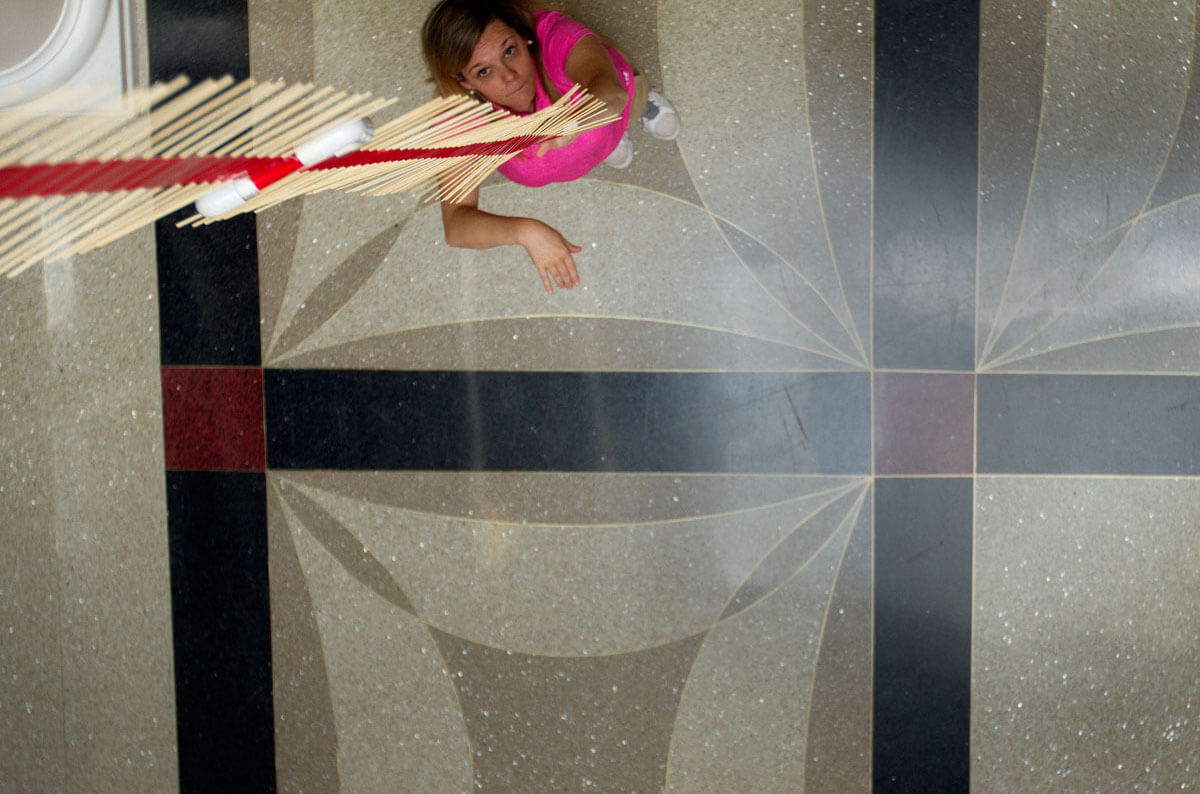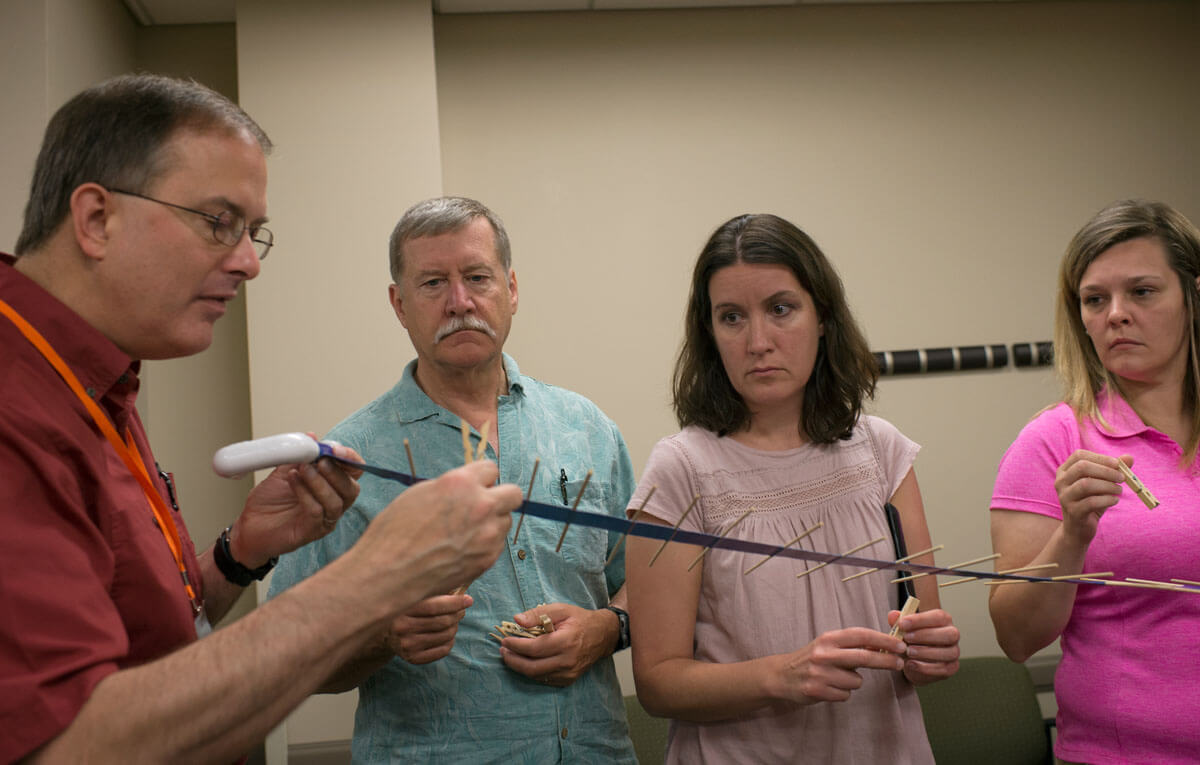Amy’s Big Idea: Amy had a unique way of teaching the periodic table of elements. She sent her students on a date with it.
“On the first day, we met the table by completing riddles whose answers are element names. On the second day, we got its number by learning what the atomic mass, atomic

number, periods, and groups mean. On the third day, the periodic table sent us a selfie we use to label and color a black and white version of the table. Students labeled the three regions, listed which elements are solid, liquid, or gas at room temperature, and we learned the specific names for some of the groups such as the Halogens, Noble Gases, and Transition Metals.
“This all lead to us going on our first date with the table. The kids dressed up in nice clothes, we decorated with balloons, streamers, candles, etc. and we went through the steps you would on a date. We ‘met’ Dmitri Mendeleev, the father of the periodic table, by watching a video on his life and how he created the table. We went to dinner; I bought doughnuts and M&Ms candy, and then the students chose an element and used the food to make a Bohr diagram for that element before they ate the doughnut.
“While they ate, I went through a PowerPoint with songs about the periodic table. There were periodic table jokes to tell when the conversation got awkward, as it sometimes does on a first date. Finally, I played two or three slow songs and the students dance. I have had students clutch the textbook with the periodic table to their chest as they danced, which is hilarious.
“At the end of the week, they had ‘fallen in love’ with the periodic table and I took something that they thought would be boring and impossible and made it fun and something they can relate to.”
Interesting Facts: Amy established her school’s first-ever STEM event which gave 630 middle school students hands-on experience working with over 18 professionals in STEM fields. Read more.
 Amy Long from Sanford Middle School in Opeika, AL, sends a wave up the wave machine constructed by the NSCF Scholars Wednesday, June 8. (Photo by Sam Oldenburg)
Amy Long from Sanford Middle School in Opeika, AL, sends a wave up the wave machine constructed by the NSCF Scholars Wednesday, June 8. (Photo by Sam Oldenburg) Rico Tyler (from left) gets assistance creating his wave machine from NSCF Scholars Bruce Boehne, Jill Henry, and Amy Long on Wednesday, June 8. The wave machine can be used as a physical representation of amplitude and also as a double helix model. (Photo by Tucker Allen Covey)
Rico Tyler (from left) gets assistance creating his wave machine from NSCF Scholars Bruce Boehne, Jill Henry, and Amy Long on Wednesday, June 8. The wave machine can be used as a physical representation of amplitude and also as a double helix model. (Photo by Tucker Allen Covey)